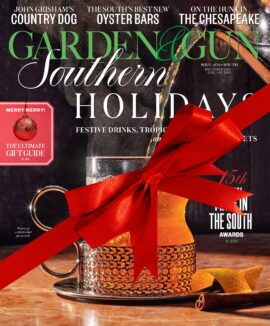Arts & Culture
A Look at Audubon’s Work Beyond the Birds
Though John James Audubon gained worldwide fame for his study of birds, the nineteenth-century naturalist and artist wasn’t only interested in creatures of the feathered variety. A full-color book and accompanying exhibit at Auburn University in Alabama share his life’s final project—a series of lithographs documenting North American mammals. Produced after Audubon completed his monumental The Birds of America, they include deer drinking from a spring, possums with their tails curled around a branch, a banded armadillo in Texas, and a regal bison. “Audubon was looking to capture the character and personality of these animals in his portraits,” says Marilyn Laufer, director of Auburn’s Jule Collins Smith Museum of Fine Art. “The squirrels smile at each other. The mole is rolled over on his back like somebody told him a bad joke. They’re absolutely charming.”
The new coffee-table book, Audubon’s Last Wilderness Journey: The Viviparous Quadrupeds of North America, collects all 150 hand-colored lithographic prints that Audubon made from 1845 to 1848. (If you’re not a biologist, “viviparous” refers to animals that give live birth.) The book and exhibition, which runs through May 6, share more details about Audubon’s travels to collect specimens and observe four-legged creatures in the wild. And just like his birds, Audubon’s mammals are a joy to behold. “The birds are powerful, yes,” Laufer says, “but his animals are not only beautifully drawn, they have an amazing sense of story.”
March 28, 2018
Start Slideshow View as list
